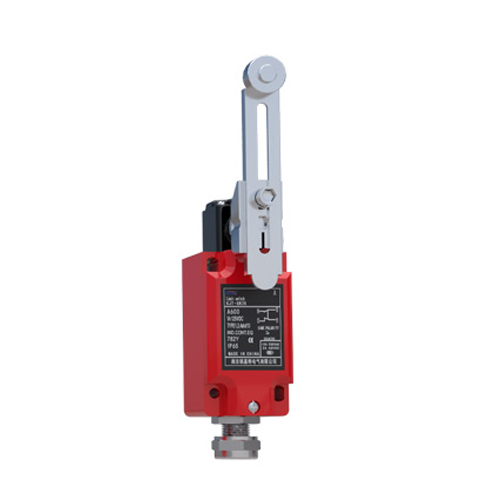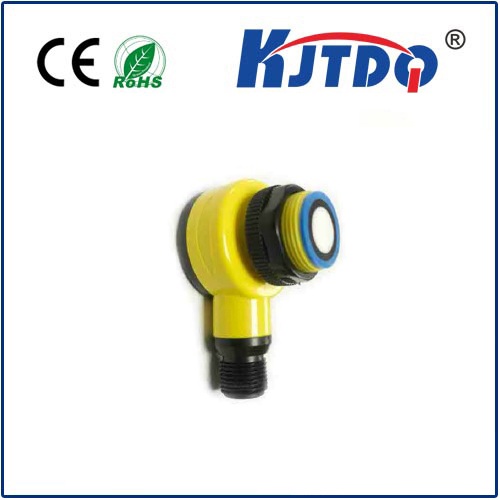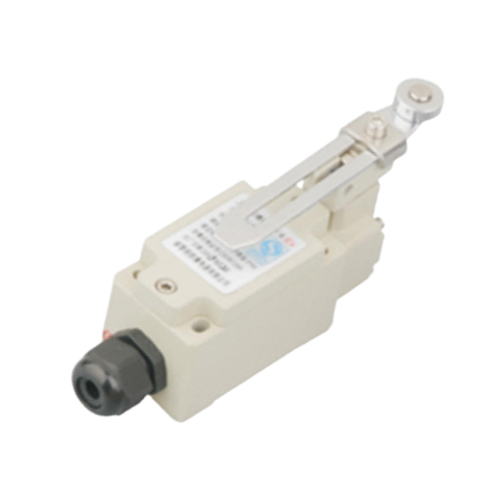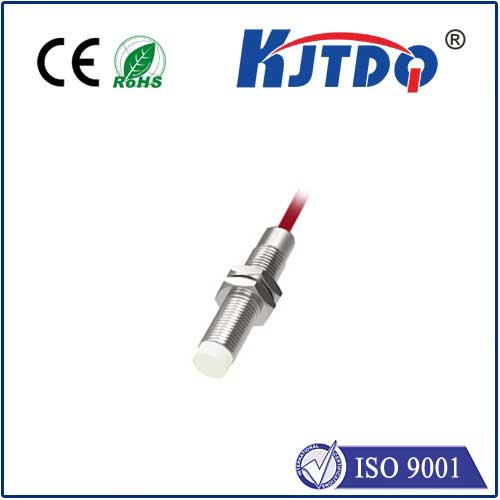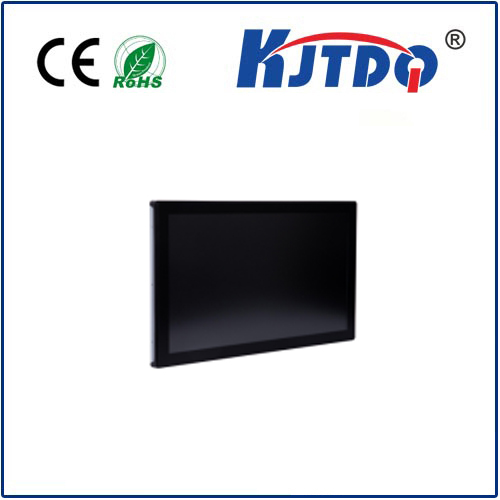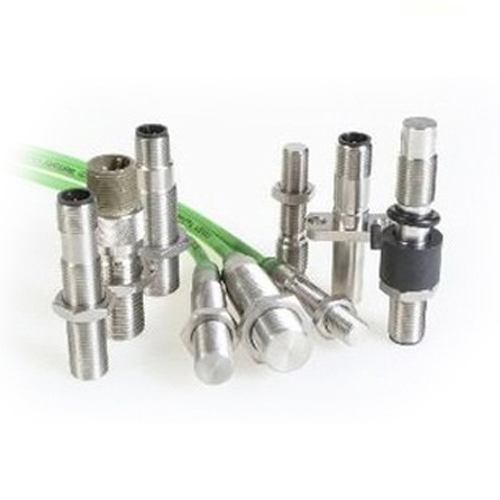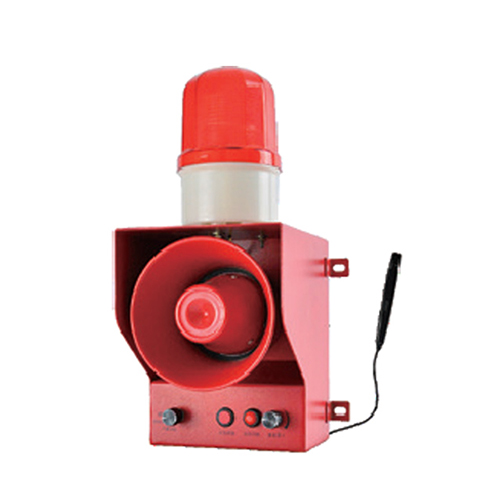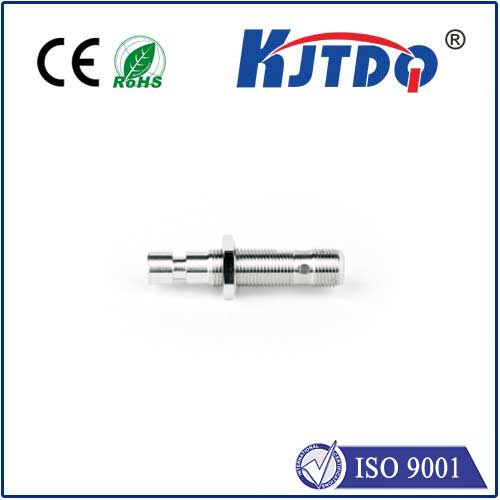Imagine a world where machines couldn’t detect the presence, position, or speed of objects. Production lines would halt, printers would jam relentlessly, and safety mechanisms would fail. Thankfully, a remarkably reliable and ubiquitous technology works silently behind the scenes to prevent this chaos: the photo interrupter sensor. Often overlooked, this fundamental component acts as the digital tripwire of modern engineering, enabling precise detection across countless applications.
Beyond the Name: Understanding the Core Principle
At its heart, a photo interrupter sensor (also commonly called an optical interrupter, optointerrupter, or slotted optical switch) is a type of transmissive optoelectronic device. Its operation hinges on a beautifully simple yet effective principle: the interruption of a beam of light. Unlike reflective sensors, a photo interrupter physically separates the light source and the detector with an air gap or slot.
The sensor integrates two key components facing each other across this gap:
The Magic Moment: Detection Through Interruption
When the gap between the emitter and detector is clear, the infrared beam travels unimpeded and strikes the photodetector. This causes the detector to become conductive, resulting in a specific electrical output signal (often a logic LOW or HIGH, depending on configuration).

The crucial action occurs when an object physically passes through the gap. This object blocks the infrared light beam. Consequently, the photodetector no longer receives light, causing its conductivity to drop drastically and its output signal to flip state (e.g., from LOW to HIGH, or vice versa). This sharp, unambiguous change in electrical output signifies the detection of the interrupting object.
Key Advantages That Drive Widespread Adoption
Why are photo interrupter sensors so incredibly popular in industrial and consumer electronics? Several inherent advantages make them a top choice for designers:
Essential Specifications: Choosing the Right Photo Interrupter
Selecting the optimal photo interrupter sensor requires understanding key specifications:
| Key Specification | Significance | Common Values/Considerations |
|---|---|---|
| Slot Width/Gap Size | Physical dimensions | Determines minimum object size for reliable interruption (e.g., 3mm, 5mm, 10mm) |
| Тип экспорта | Electrical interface | Open collector (needs pull-up resistor), voltage output, logic-level compatible |
| Rise/Fall Time | Response speed | Critical for high-speed detection (e.g., |
| Supply Voltage | Power requirements | Compatibility with system voltage (e.g., 5V standard, 3.3V, 12V, 24V) |
| Current Consumption | Power efficiency | Impacts battery life in portable devices, minimal for IR LEDs |
| Рабочая температура | Environmental range | Industrial applications require wider ranges (e.g., -40°C to +85°C) |
| Aperture Type | Light channeling | Modified slots enhance precision but may limit physical access |
Where You’ll Find Them: Diverse Applications
The reliability and simplicity of photo interrupter sensors make them indispensable across numerous sectors:
Factors Influencing Performance
While robust, photo interrupter sensors are not immune to challenges. Designers must consider:
Conclusion: A Pillar of Precision Sensing
From the coffee machine ensuring a cup is present before brewing to the high-speed robotic assembly line placing microscopic components, photo interrupter sensors perform their critical function millions of times a day with unwavering reliability. Their combination of contactless operation, speed, simplicity, and cost-effectiveness makes them a cornerstone technology in automation and control. **Mastering the photo interrupter sensor unlocks a fundamental tool for engineers designing the responsive, efficient, and safe

